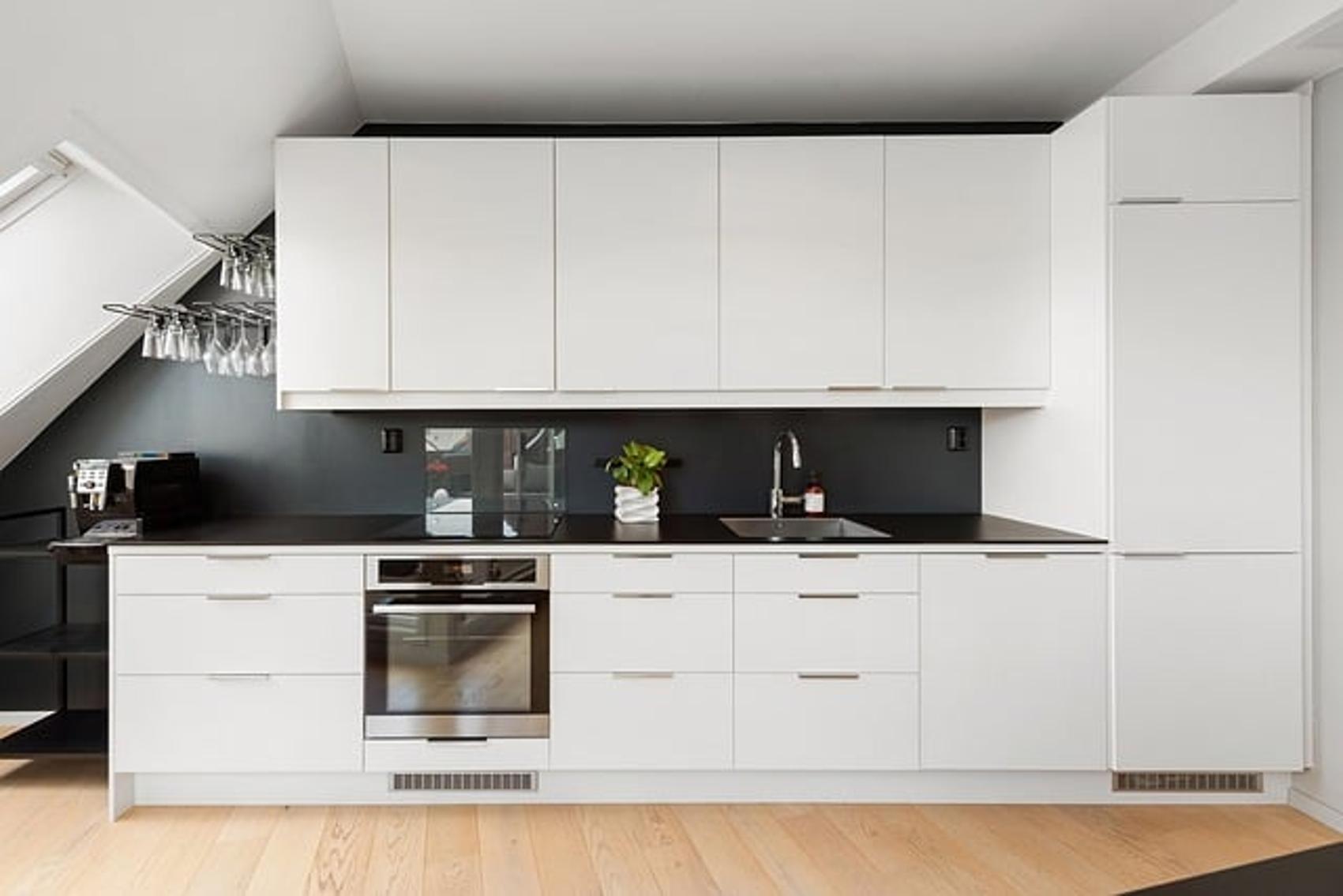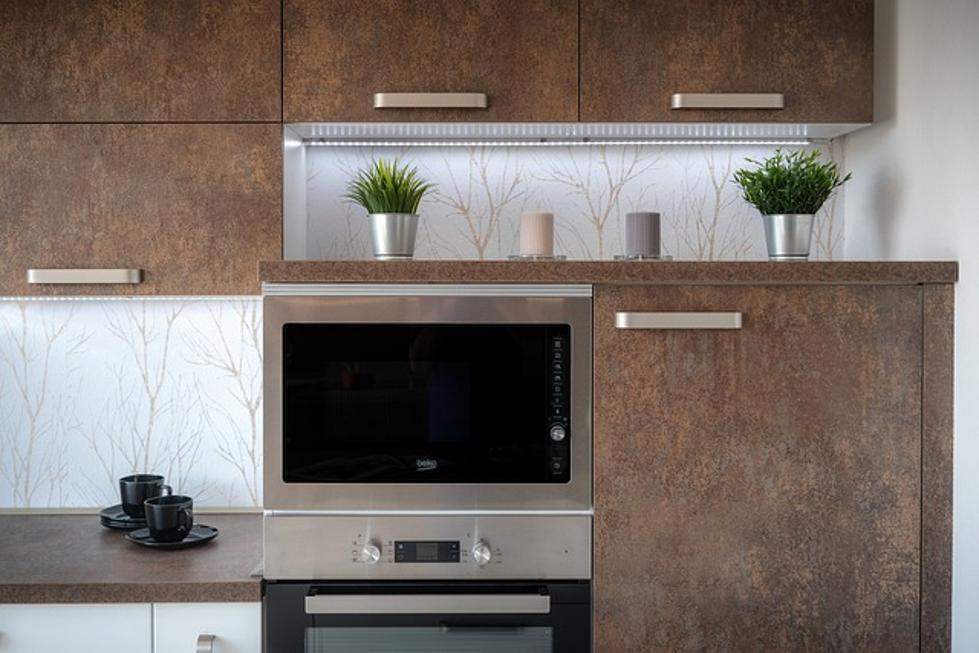Introduction
Cleaning kitchen cabinets might seem like a small task, but it can significantly enhance the aesthetics and hygiene of your kitchen. Regular cleaning not only helps in maintaining the appearance of your cabinets but also extends their lifespan. Whether your cabinets are made of wood, laminate, or stainless steel, this guide will help you tackle dirt, grease, and stubborn stains efficiently. By following our comprehensive step-by-step cleaning process, you’ll ensure that your kitchen cabinets stay spotless and fresh for years to come.

Materials You Will Need
Before you dive into cleaning, gather all the necessary materials. Having everything on hand will make the process smooth and efficient. Here’s a list of what you’ll need:
- Soft microfiber cloths
- Warm water
- Mild dish soap
- Baking soda
- White vinegar
- Spray bottle
- Soft-bristle brush
- Toothbrush (for corners and crevices)
- Dry towels
- Wood polish (for wooden cabinets)
These items are easily accessible and are gentle on your cabinet surfaces, ensuring that they do not cause any damage during the cleaning process.
Preparing Your Cabinets
Preparation is key to a successful cleaning routine. Start by emptying all the cabinets and removing any detachable parts like shelves or drawer fronts. This allows you to clean every nook and cranny without obstruction.
Wipe down the insides of the cabinets with a dry cloth to remove loose dust and crumbs. If your cabinets have accumulated greasy spots or stains, it’s advisable to pre-treat these areas before the primary cleaning. Creating a vinegar and baking soda paste makes for an effective pre-treatment solution. Apply it to grease spots and allow it to sit for a few minutes. This preparation step ensures that your deep cleaning will be more effective and less labor-intensive.
Step-by-Step Cleaning Process
Removing Surface Dust and Debris
- Use a soft microfiber cloth to wipe down all exterior and interior surfaces, removing dust and loose debris.
- Pay special attention to corners and crevices where dust tends to accumulate.
- Use a soft-bristle brush or a toothbrush to gently clean any hard-to-reach spots.
Deep Cleaning Methods for Different Cabinet Types
Wooden Cabinets
- Mix a few drops of mild dish soap with warm water in a spray bottle.
- Spray the solution onto a microfiber cloth, not directly onto the wood.
- Gently wipe the wood surface in the direction of the grain.
- For stubborn stains, apply a baking soda paste (baking soda mixed with water) and gently scrub with a soft-bristle brush.
- Wipe clean with a damp cloth and dry immediately to prevent water damage.
- Finish by applying a wood polish to keep the wood conditioned and shiny.
Laminate Cabinets
- Spray a mixture of warm water and mild dish soap directly onto the surface.
- Wipe down the surface with a microfiber cloth.
- For greasy spots, use a vinegar and water solution (equal parts).
- Avoid any abrasive materials that might scratch the laminate.
- Dry thoroughly with a clean towel.
Stainless Steel Cabinets
- Use a specialized stainless steel cleaner or a mixture of water and mild dish soap.
- Wipe in the direction of the grain to avoid streaks.
- For tough spots, use a soft-bristle brush.
- Rinse with a damp cloth and buff dry with a clean, dry microfiber cloth.
Handling Stubborn Stains and Spills
- Create a paste using baking soda and water for persistent stains.
- Apply the paste to the stain and let it sit for 10-15 minutes.
- Gently scrub with a soft-bristle brush.
- Wipe clean with a damp cloth and dry immediately.
Drying and Reassembling Your Cabinets
After cleaning, it’s crucial to dry your cabinets thoroughly. Use dry towels to wipe down all surfaces, ensuring no moisture remains. Moisture can lead to warping, especially in wooden cabinets.
Once completely dry, reassemble your cabinets by placing the shelves and drawer fronts back in their positions. Ensure all parts are securely attached before you start putting your items back in place.

Preventative Maintenance Tips
To keep your kitchen cabinets looking their best, follow these preventative maintenance tips:
- Regular Wipe Downs: Wipe down cabinet surfaces weekly to prevent buildup.
- Use Shelf Liners: Shelf liners can protect the insides of cabinets from spills and stains.
- Avoid Abrasive Cleaners: Use gentle, non-abrasive cleaners to maintain the finish of your cabinets.
- Immediate Cleaning: Address spills and stains as soon as they happen to prevent them from setting in.
By incorporating these habits into your routine, you’ll prolong the life of your cabinets and keep them looking pristine.

Conclusion
Cleaning kitchen cabinets doesn’t have to be a daunting task. With the right tools and a systematic approach, you can ensure that your cabinets are spotless and well-maintained. Regular cleaning and preventative care will keep your kitchen looking fresh and inviting. Use this guide to make the process efficient and effective, transforming your cleaning routine into an effortless task.
Frequently Asked Questions
What is the best homemade cleaner for kitchen cabinets?
A mixture of warm water, mild dish soap, and white vinegar makes an excellent homemade cleaner. It effectively tackles grease and grime without damaging the cabinet surfaces.
How often should I clean my kitchen cabinets?
Ideally, you should wipe down your kitchen cabinets weekly to prevent dust and grime buildup. A deep cleaning every three to six months will keep them in top condition.
Can I use vinegar and water to clean my kitchen cabinets?
Yes, a vinegar and water solution is safe and effective for most cabinet types. Combine equal parts of vinegar and water in a spray bottle, and use it to cut through grease and sanitize your cabinets.
